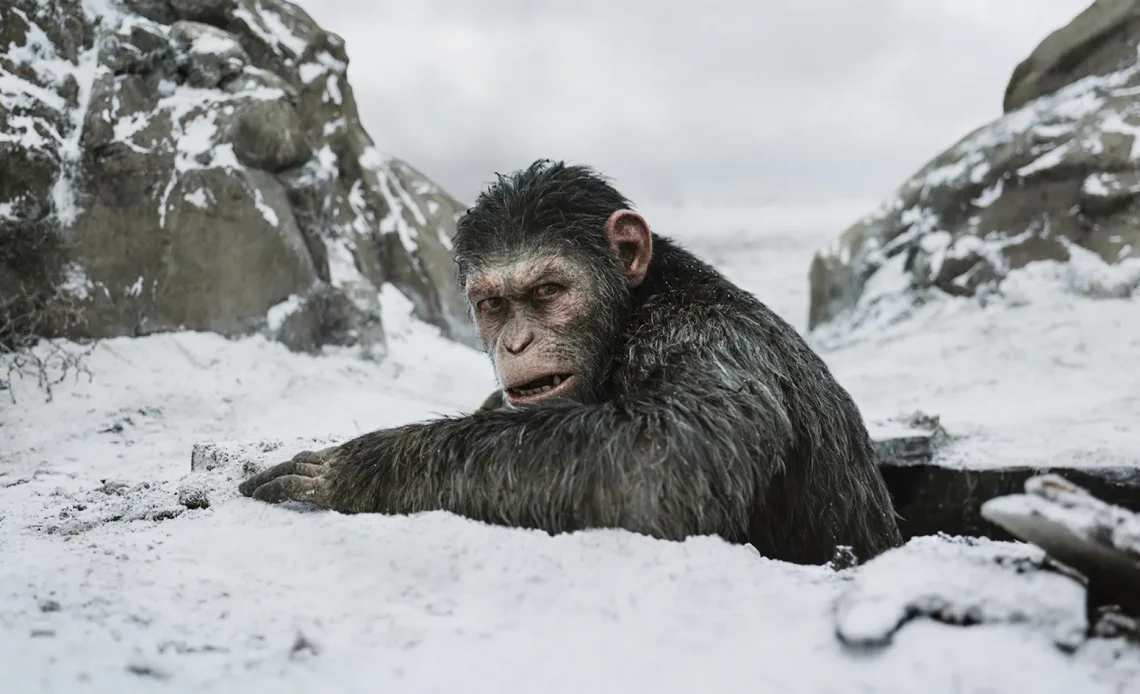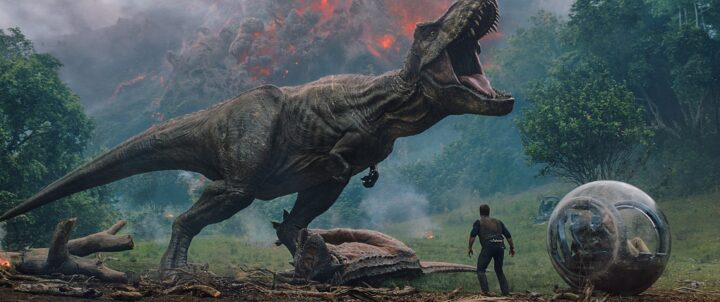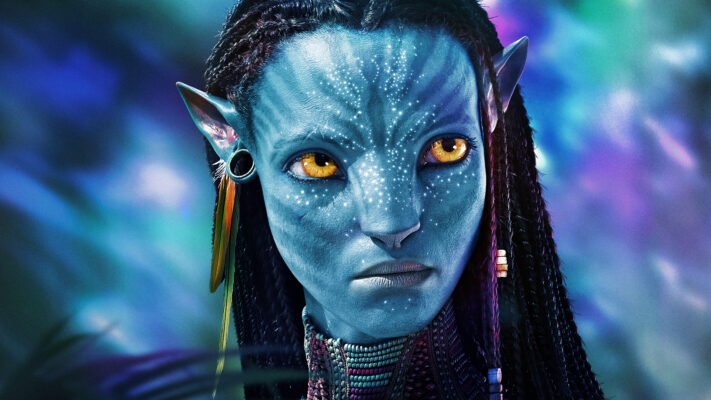
The past five decades have seen a remarkable transformation in the field of special effects in cinema, a revolution that has forever altered the way we experience and perceive movies. It all started with the humble beginnings of practical effects and the dazzling, computer-generated spectacles we witness today; the journey of cinematic special effects is a tale of boundless creativity, technological leaps, and a relentless pursuit of immersive storytelling.
The Dawn of Practical Effects
The journey began in the late 20th century when filmmakers had to rely on practical effects to bring their visions to life. Before the advent of digital technology, special effects were primarily created through clever craftsmanship and ingenuity. Classic films like “2001: A Space Odyssey” (1968) and “Star Wars” (1977) showcased the pioneering use of miniatures, matte paintings, and practical props to create otherworldly environments and spacecraft. These effects were groundbreaking in their time, capturing the imagination of audiences and laying the foundation for what was to come.
The Rise of Animatronics
The 1980s marked a significant shift in special effects with the rise of animatronics. Pioneered by artists like Stan Winston and his work on the “Terminator” and “Predator” franchises, animatronics brought a level of realism and interactivity previously unattainable. These mechanical creatures, with their intricate movements and lifelike features, added a palpable sense of danger and wonder to the silver screen. The evolution of practical effects was in full swing.
The Digital Revolution

The 1990s saw the inception of the digital age, forever altering the landscape of special effects in cinema. With movies like “Jurassic Park” (1993) and “The Matrix” (1999), computer-generated imagery (CGI) began to take centre stage. These films showcased the limitless potential of CGI, enabling filmmakers to create living, breathing creatures and mind-bending visual effects that were previously unimaginable. The technological advancements of the 21st century brought even greater realism and sophistication to CGI. Films like “The Lord of the Rings” trilogy (2001-2003) and “Avatar” (2009) transported audiences to fantastical realms populated by digital characters and breathtaking landscapes. The art of blending live-action footage with CGI reached new heights, allowing for seamless integration and a more immersive cinematic experience.
Motion Capture and Performance Capture
One of the most remarkable developments in the evolution of special effects has been the advent of motion capture and performance capture technology. The revolutionary technique involves recording the movements and expressions of actors and translating them into digital characters. Notable examples include Andy Serkis’ portrayal of Gollum in “The Lord of the Rings” and Caesar in the “Planet of the Apes” trilogy. These performances proved that digital characters could have depth, emotion, and authenticity, blurring the lines between reality and fantasy.
The Marvel Cinematic Universe (MCU) is a prime example of how motion capture technology has shaped modern filmmaking. Characters like the Hulk and Thanos are brought to life through the performance capture of actors like Mark Ruffalo and Josh Brolin, allowing for nuanced and emotive digital characters that engage and captivate audiences.
De-Ageing and Ageing Effects
Another captivating facet of the special effects evolution is the use of de-ageing and ageing effects. With the help of CGI, filmmakers can digitally alter the appearance of actors to make them look younger or older. The technology has been used to stunning effect in films like “The Irishman” (2019), where Robert De Niro’s character ages over several decades. De-aging technology also breathed new life into iconic characters in the MCU, with Robert Downey Jr. and Samuel L. Jackson’s appearances digitally modified to fit different time periods in the “Iron Man” and “Captain Marvel” films. This technique not only adds depth to character development but also pays homage to the rich history of these beloved characters.
Immersive 3D and Virtual Reality
The special effects evolution goes beyond the screen, extending to the very theatres in which we watch movies. The introduction of 3D technology and virtual reality (VR) has given audiences a more immersive cinematic experience. Films like “Avatar” (2009) and “Gravity” (2013) harnessed the power of 3D to transport viewers into their respective worlds, while VR experiences have allowed audiences to step into the shoes of characters and explore the movie’s universe.
The Future of Special Effects
As we look toward the future, the evolution of special effects in movies shows no signs of slowing down. Advancements in AI and deep learning are poised to take CGI to new heights, allowing for more complex simulations, realistic textures, and even deeper integration with live-action footage. Filmmakers are also exploring the potential of augmented reality (AR) and mixed reality (MR) to bridge the gap between cinema and the real world, creating entirely new forms of storytelling. The evolution of special effects is a tale that keeps us on the edge of our seats, eager to see what wonders the next 50 years will bring to the silver screen.


